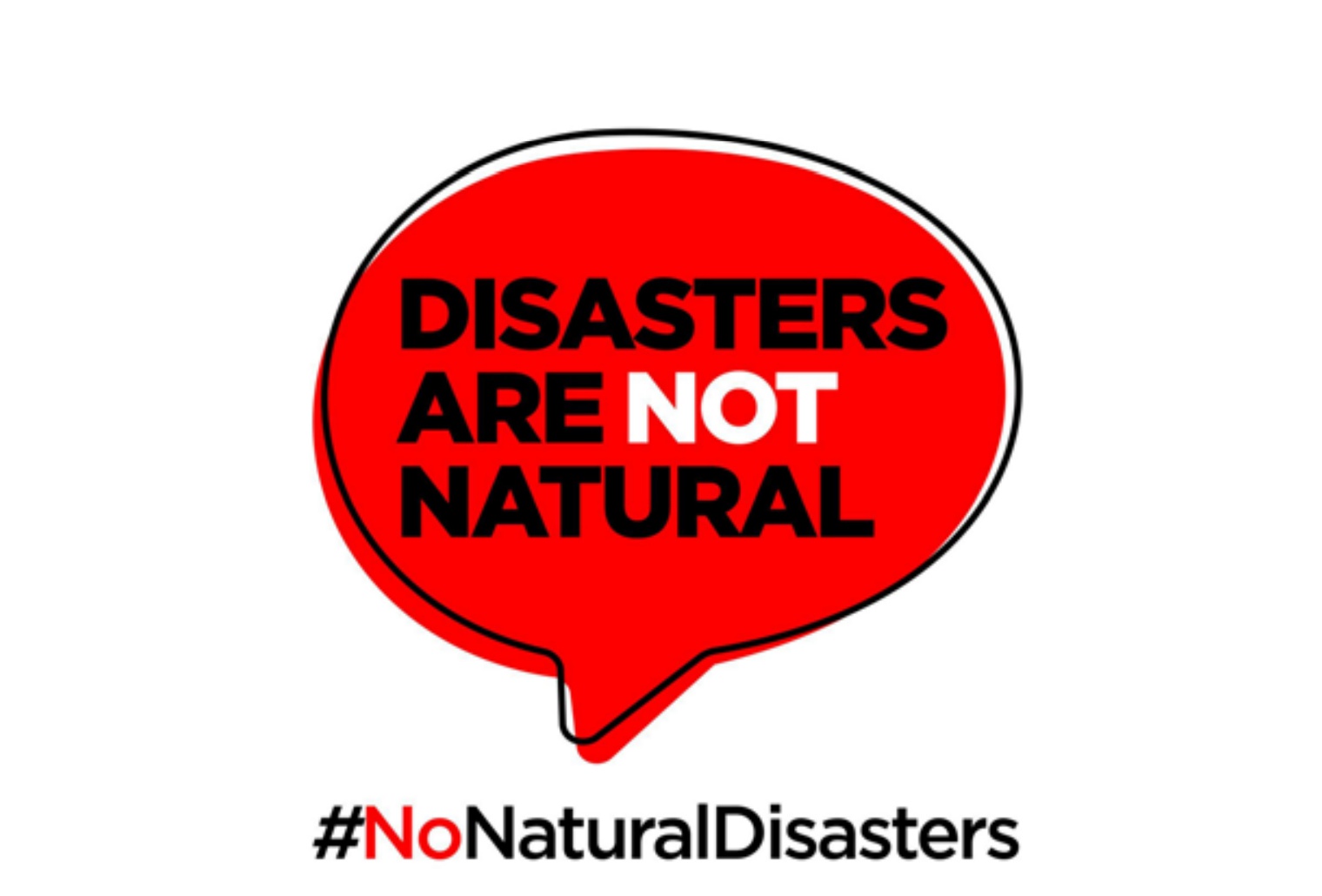No natural disasters
The term ‘natural disasters’ is ubiquitous. The term is used widely in press and media reports, government and aid agency literature and general discourse amongst the public.
However, since 1756 some have been questioning this term. There is no such thing as a natural disaster. If we recognise and accept the standard definition of disaster as a serious disruption of the functioning of a community or a society at any scale due to hazardous events interacting with conditions of exposure, vulnerability and capacity then we must consider human involvement at the core of the event.
A hazard will only become a disaster should it impact the workings of a society or community. As such, a disaster can only happen where a society or community exists. That society has made (often historic and often made by elites in positions of power) economic, planning and other socio-economic decisions that will alter their vulnerability to the hazard and change how the hazard affects them.
Therefore, to say a disaster is natural is wrong. What is worse, it misleads people to think the devastating results are inevitable, out of our control and are simply part of a natural process.
Hazards (earthquakes, landslides, hurricanes, floods, volcanic eruptions) are inevitable but the impact they have on society is not.
The #NoNaturalDisasters campaign aims to change the terminology to show that whilst some hazards are natural and unavoidable, the resulting disasters almost always have been made by human actions and decisions (source: UNDRR social media).

